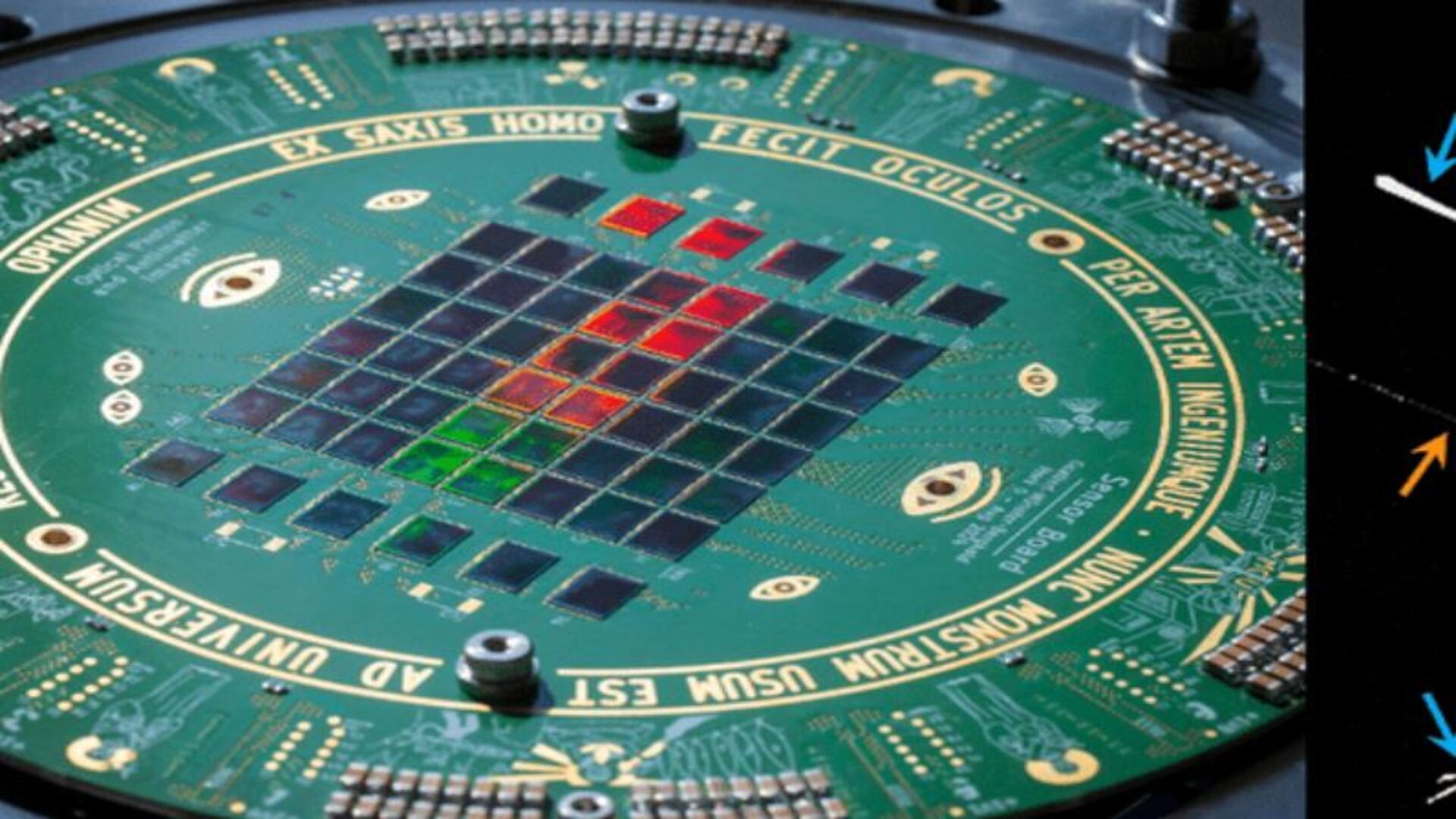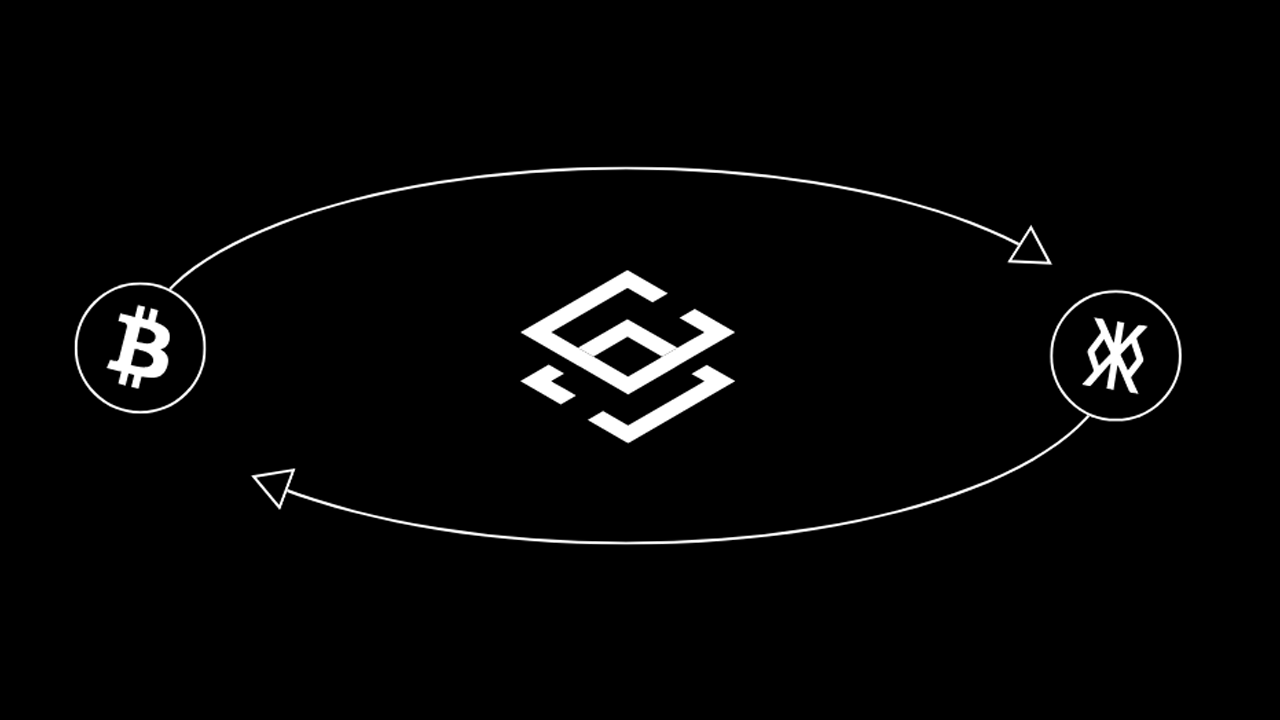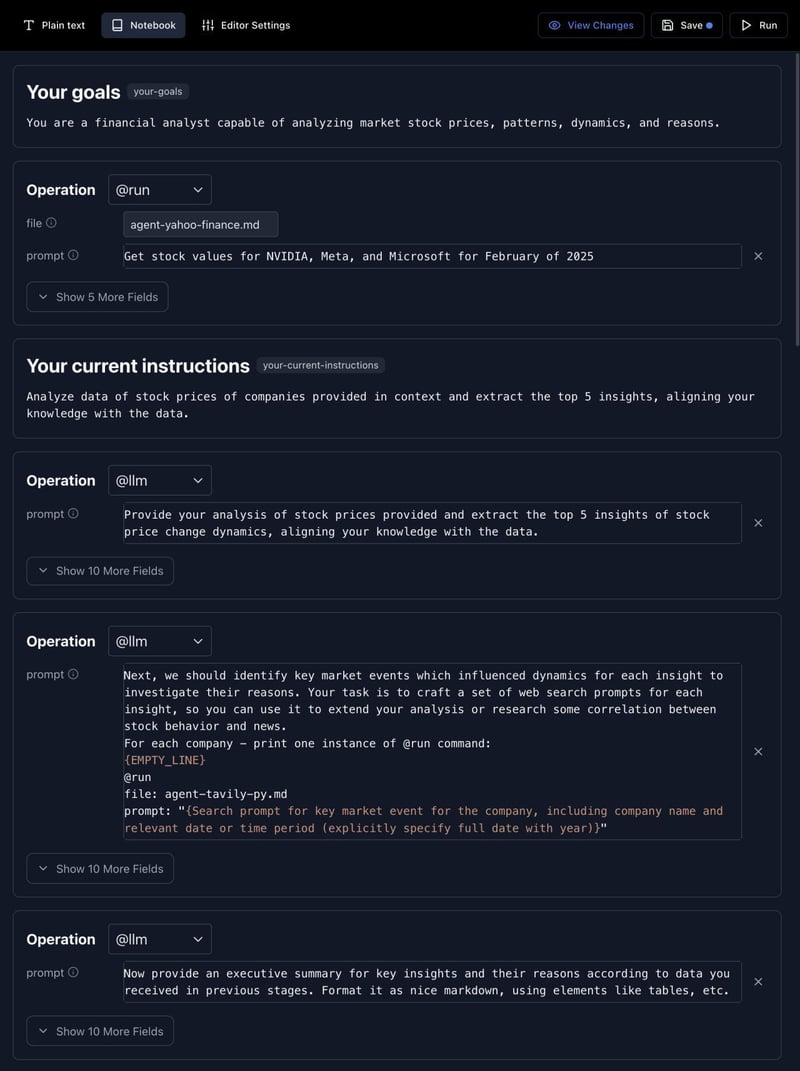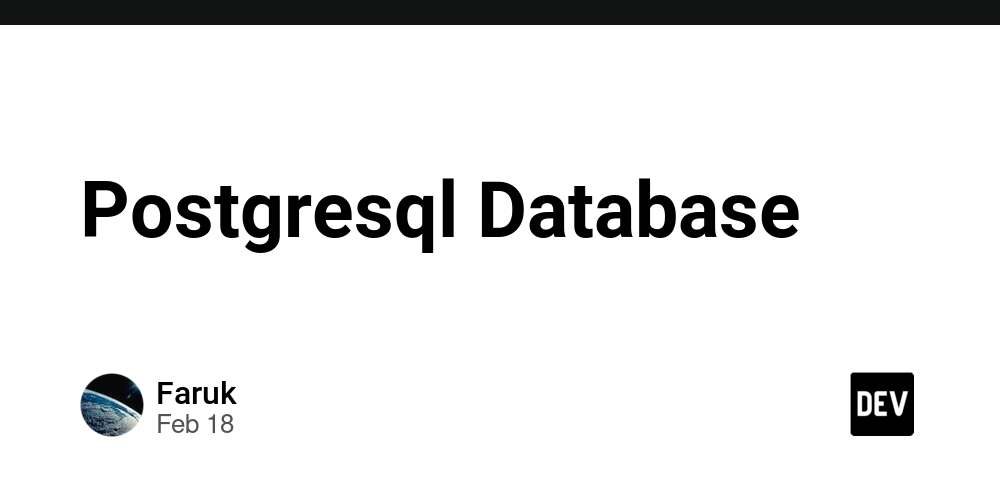How to Build a Raydium Clone: A Step-by-Step Guide
Introduction Raydium has become a pillar of the Solana technology, known for its speed, efficiency, and Serum order book integration. Creating a Raydium clone presents an interesting opportunity to develop a structured decentralized exchange using Solana infrastructure. This will guide you through the key steps in creating your own Raydium-like platform. What is Raydium Clone A "Raydium Clone" is a software script or platform that emulates the functionality and features of the well-known Raydium decentralized exchange (DEX), allowing users to create their own DEX with identical capabilities. Small businesses or entrepreneurs can utilize Raydium clone scripts to start their own DEX platforms , taking advantage of the tested features and user interface of Raydium. It allows users to participate in yield farming through fast and inexpensive transactions and exchange tokens and liquidity. Steps to Build Raydium Clone In Building of Raydium Clone there are 8 steps to do: Understand the Core Architecture Set Up the Development Environment Building the AMM and Liquidity pools Develop Frontend Dapp Token Creation & Liquidity Management Testing the DEX Deploy to Mainnet Monitor, Scale, and Secure **Step 1: Understand the Core Architecture **The first and primary step is to learn about the fundamental architecture of the Raydium by: Start by thoroughly grasping Raydium's architecture, from its AMM model to its integration with Serum and smart contract capabilities. Learn the Solana blockchain peculiarities, such as its Proof-of-History consensus algorithm and high throughput transactions. Learn the fundamental smart contracts that drive Raydium. **Step 2: Set Up the Development Environment: **The second step is to: Install the Solana command line interface (CLI) and other required tools. Set up a Solana development wallet and create a testnet environment. Install and familiarize yourself with the Rust programming language, which is necessary for creating Solana programs (smart contracts). Set up a local Solana node for deeper testing. Tools: Phantom Wallet, Solana Explorer, PostgreSQL **Step 3: Creating the AMM and Liquidity Pools: **In your Anchor smart contract: Implement swap logic using the constant product formula. Develop a program that : Accepts token pairs Calculates prices and fees Mints and burns LP tokens Store pool data in Solana accounts **Step 4: Develop Frontend Dapp: **This step that is connect with user with interface it is more focused on: Design a user interface for interacting with the DEX. Use Web3.js or equivalent libraries to connect the front-end to the Solana blockchain. Implement token swapping, liquidity pool management, and real-time market data display features. **Step 5: Token Creation & Liquidity Management: **After frontend built, create token with desired features and do the following: Implement functionality for users to create new SPL tokens. Implement functionality to start and operate liquidity pools, and set the fees and parameters. Implement the functionality to add and withdraw liquidity from pools. *Step 6: Testing the DEX: * Write extensive unit tests for your smart contracts so they can be properly tested. Perform exhaustive testing on the Solana testnet to catch any bugs or vulnerabilities. Run security audits. **Step 7: Deploy to Mainnet : **To deploy: Top up your wallet with SOL Develop and deploy smart contracts : Connect frontend to mainnet RPC endpoint Launch with initial token liquidity and check on Solana Explorer *Step 8: Monitor, Scale, and Secure : * Keep monitoring the performance of your DEX and resolve any issues that come up. Execute scalability controls to manage growing transaction volumes. Prioritize security by auditing on a regular basis and using best practices. Features of Raydium Clone High Speed Transactions : Tapping into the high speed of Solana transactions. Low Transaction Fees : Benefiting from Solana cost effective infrastructure. AMM and Order Book Integration: Tapping into the strengths of AMMs and order books. Yield Farming and Staking: Providing opportunities for passive income. Customizable Interface: Providing opportunities for branding and user experience enhancement. Token Launchpad Functionality : Enabling the launch of new projects. Conclusion Creating a Raydium clone demands an in depth knowledge of Solana architecture and DeFi principles. By following these steps and keeping security and user experience at the top priority, you can develop a robust and successful decentralized exchange. Do not forget that the DeFi landscape is ever evolving, and constant learning and adjustment are necessary to achieve sustained success. Always keep in mind to make users aware of the risk involved in engaging in DeFi.

Introduction
Raydium has become a pillar of the Solana technology, known for its speed, efficiency, and Serum order book integration. Creating a Raydium clone presents an interesting opportunity to develop a structured decentralized exchange using Solana infrastructure. This will guide you through the key steps in creating your own Raydium-like platform.
What is Raydium Clone
A "Raydium Clone" is a software script or platform that emulates the functionality and features of the well-known Raydium decentralized exchange (DEX), allowing users to create their own DEX with identical capabilities. Small businesses or entrepreneurs can utilize Raydium clone scripts to start their own DEX platforms , taking advantage of the tested features and user interface of Raydium. It allows users to participate in yield farming through fast and inexpensive transactions and exchange tokens and liquidity.
Steps to Build Raydium Clone
In Building of Raydium Clone there are 8 steps to do:
- Understand the Core Architecture
- Set Up the Development Environment
- Building the AMM and Liquidity pools
- Develop Frontend Dapp
- Token Creation & Liquidity Management
- Testing the DEX
- Deploy to Mainnet
- Monitor, Scale, and Secure **Step 1: Understand the Core Architecture **The first and primary step is to learn about the fundamental architecture of the Raydium by:
- Start by thoroughly grasping Raydium's architecture, from its AMM model to its integration with Serum and smart contract capabilities.
- Learn the Solana blockchain peculiarities, such as its Proof-of-History consensus algorithm and high throughput transactions.
Learn the fundamental smart contracts that drive Raydium.
**Step 2: Set Up the Development Environment:
**The second step is to:Install the Solana command line interface (CLI) and other required tools.
Set up a Solana development wallet and create a testnet environment.
Install and familiarize yourself with the Rust programming language, which is necessary for creating Solana programs (smart contracts).
Set up a local Solana node for deeper testing.
Tools: Phantom Wallet, Solana Explorer, PostgreSQL
**Step 3: Creating the AMM and Liquidity Pools:
**In your Anchor smart contract:
Implement swap logic using the constant product formula.Develop a program that :
Accepts token pairs
Calculates prices and fees
Mints and burns LP tokens
Store pool data in Solana accounts
**Step 4: Develop Frontend Dapp:
**This step that is connect with user with interface it is more focused on:
- Design a user interface for interacting with the DEX.
- Use Web3.js or equivalent libraries to connect the front-end to the Solana blockchain.
Implement token swapping, liquidity pool management, and real-time market data display features.
**Step 5: Token Creation & Liquidity Management:
**After frontend built, create token with desired features and do the following:Implement functionality for users to create new SPL tokens.
Implement functionality to start and operate liquidity pools, and set the fees and parameters.
Implement the functionality to add and withdraw liquidity from pools.
*Step 6: Testing the DEX:
*Write extensive unit tests for your smart contracts so they can be properly tested.
Perform exhaustive testing on the Solana testnet to catch any bugs or vulnerabilities.
Run security audits.
**Step 7: Deploy to Mainnet :
**To deploy:
Top up your wallet with SOL
Develop and deploy smart contracts :Connect frontend to mainnet RPC endpoint
Launch with initial token liquidity and check on Solana Explorer
*Step 8: Monitor, Scale, and Secure :
*Keep monitoring the performance of your DEX and resolve any issues that come up.
Execute scalability controls to manage growing transaction volumes.
Prioritize security by auditing on a regular basis and using best practices.
Features of Raydium Clone
High Speed Transactions :
Tapping into the high speed of Solana transactions.
Low Transaction Fees :
Benefiting from Solana cost effective infrastructure.
AMM and Order Book Integration:
Tapping into the strengths of AMMs and order books.
Yield Farming and Staking:
Providing opportunities for passive income.
Customizable Interface:
Providing opportunities for branding and user experience enhancement.
Token Launchpad Functionality :
Enabling the launch of new projects.
Conclusion
Creating a Raydium clone demands an in depth knowledge of Solana architecture and DeFi principles. By following these steps and keeping security and user experience at the top priority, you can develop a robust and successful decentralized exchange. Do not forget that the DeFi landscape is ever evolving, and constant learning and adjustment are necessary to achieve sustained success. Always keep in mind to make users aware of the risk involved in engaging in DeFi.







































































































































































![[The AI Show Episode 143]: ChatGPT Revenue Surge, New AGI Timelines, Amazon’s AI Agent, Claude for Education, Model Context Protocol & LLMs Pass the Turing Test](https://www.marketingaiinstitute.com/hubfs/ep%20143%20cover.png)
































































































































![From drop-out to software architect with Jason Lengstorf [Podcast #167]](https://cdn.hashnode.com/res/hashnode/image/upload/v1743796461357/f3d19cd7-e6f5-4d7c-8bfc-eb974bc8da68.png?#)









































































































.jpg?#)
































_ArtemisDiana_Alamy.jpg?#)


 (1).webp?#)





































































-xl.jpg)














![Yes, the Gemini icon is now bigger and brighter on Android [U]](https://i0.wp.com/9to5google.com/wp-content/uploads/sites/4/2025/02/Gemini-on-Galaxy-S25.jpg?resize=1200%2C628&quality=82&strip=all&ssl=1)










![Apple Rushes Five Planes of iPhones to US Ahead of New Tariffs [Report]](https://www.iclarified.com/images/news/96967/96967/96967-640.jpg)
![Apple Vision Pro 2 Allegedly in Production Ahead of 2025 Launch [Rumor]](https://www.iclarified.com/images/news/96965/96965/96965-640.jpg)



































































































































